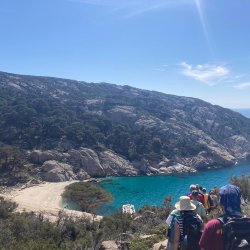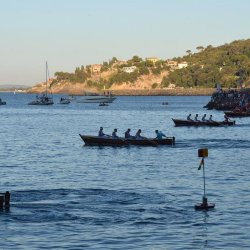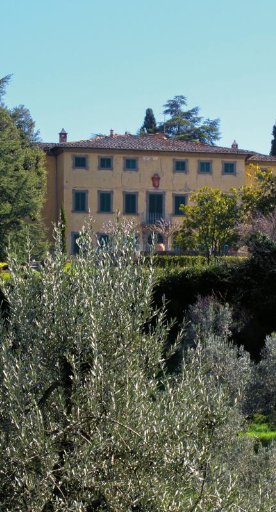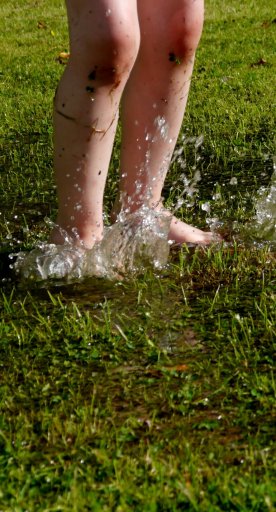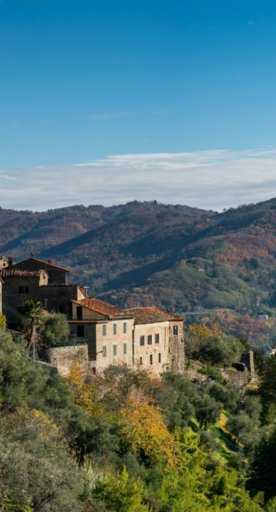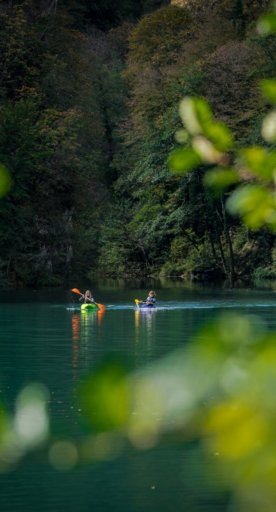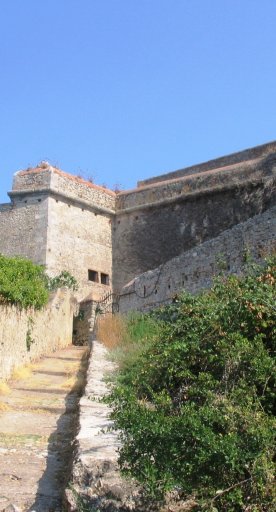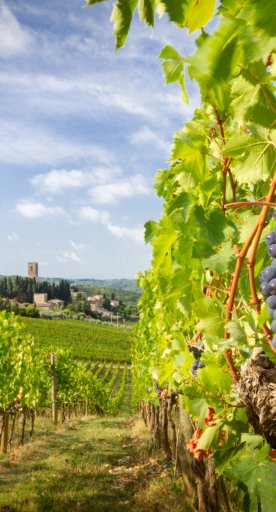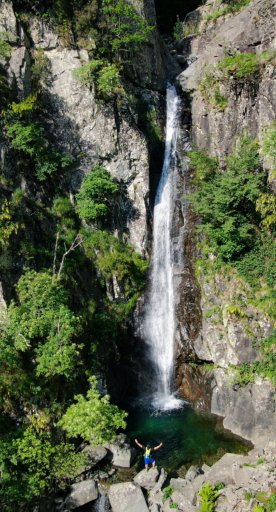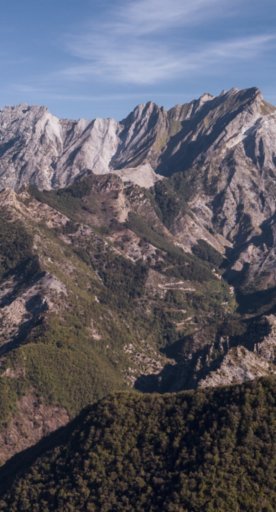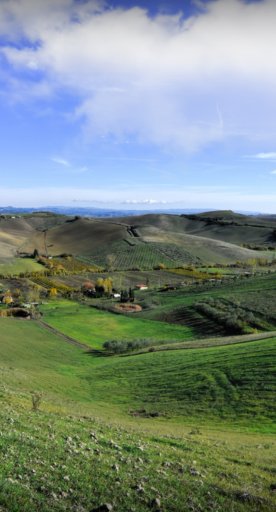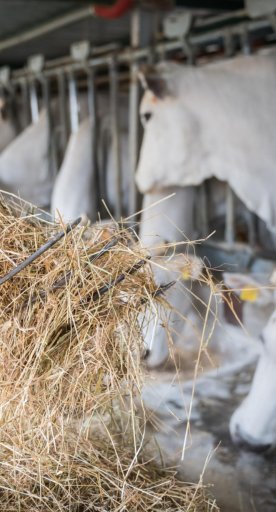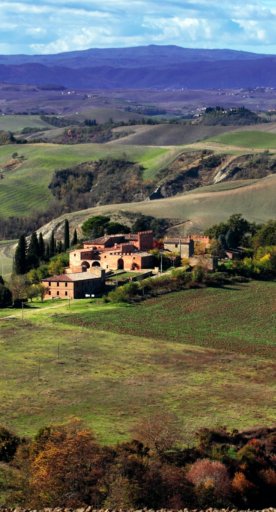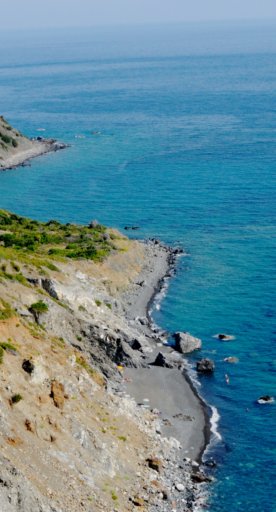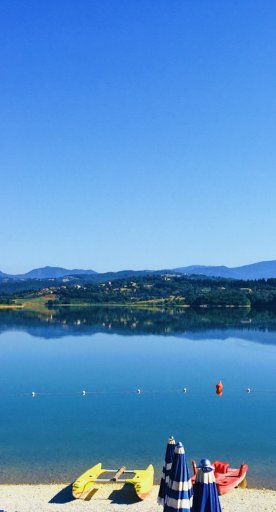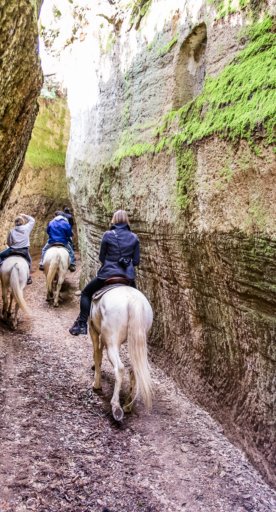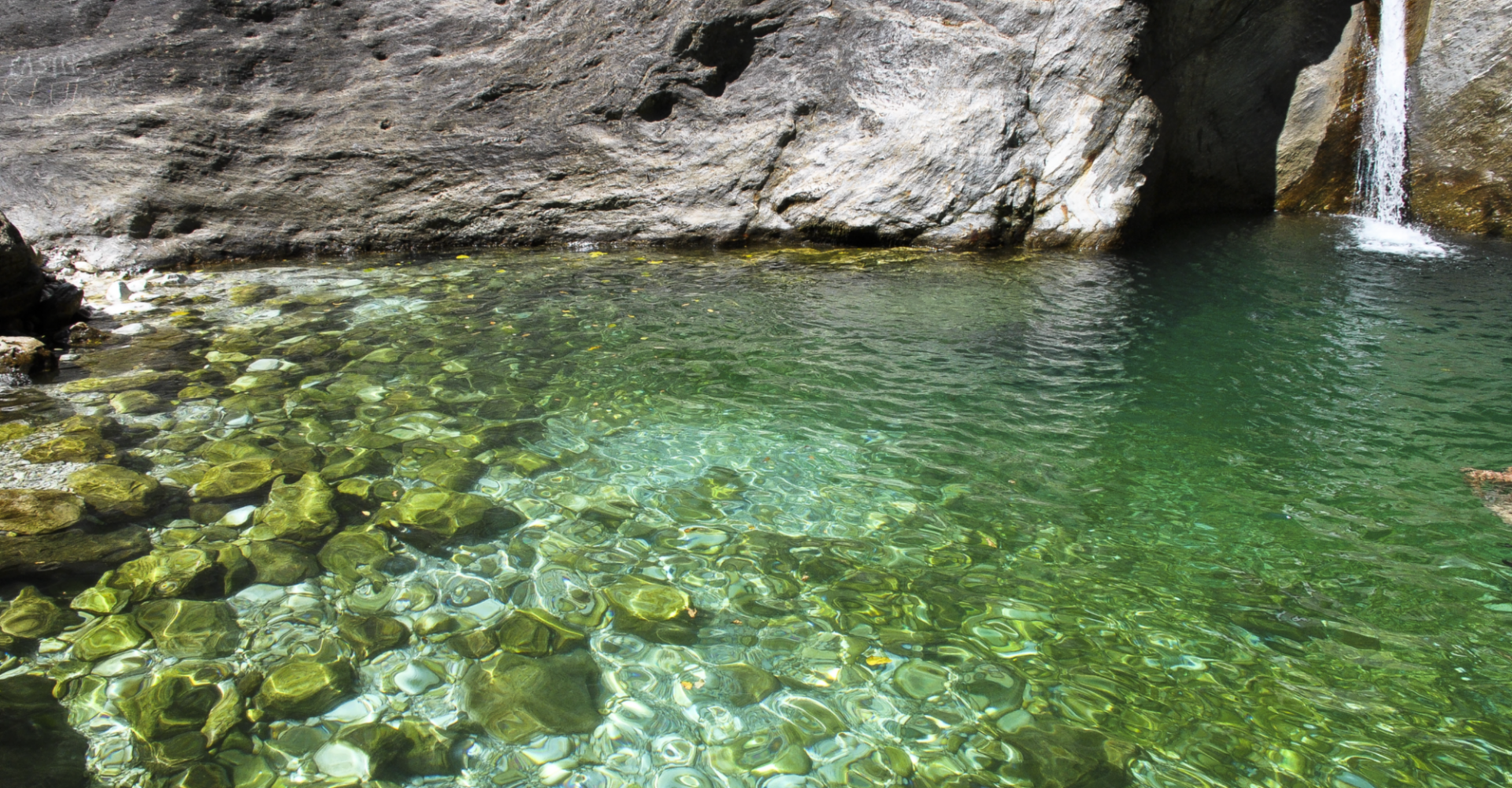

Water trails: four routes in Tuscany
Four unusual trails in Tuscany, surrounded by waterfalls, mills and centuries-old aqueducts
Panta rei, everything flows. Like the water in Tuscany, from the sea to the mountain springs. In Tuscany, you can visit historic villages, great cities of art or let yourself be enchanted by an “invisible” current as you discover waterfalls, mills and thousands of stories. Follow me on this exploration of four unusual trails.
-
1.Mills in Orsigna
-
2.Malbacco Waterfalls
-
3.Le Parole d'Oro
-
4.The Acquedotto Leopoldino or Acquedotto di Colognole
Mills in Orsigna

This place is home to three (read: many) stories. The Giamba Mill rumbles to life after the year chestnut harvest in October and needs the water to clean them and transform them into sweet flour. The mill is part of the Montagna Pistoiese EcoMuseum, which has created a series of trails that introduce visitors to the co-existence of man and nature on the slopes of these mountains. Traveling down the nearby trail and following the river, visitors come across stories of coalmen, whose lodges were in this area, where they carried out their hard word of collecting wood and transforming it into coal. It is still possible to see the grass-covered huts and tip-toe through this historic world that’s been preserved for future generations. The water continues to flow through these mountains and merges with the river cited by Tiziano Terzani, who lived in this area and left traces of his very self in Orsigna, including CAI trail n. 5, which leads to his beloved “tree with eyes”.
Malbacco Waterfalls
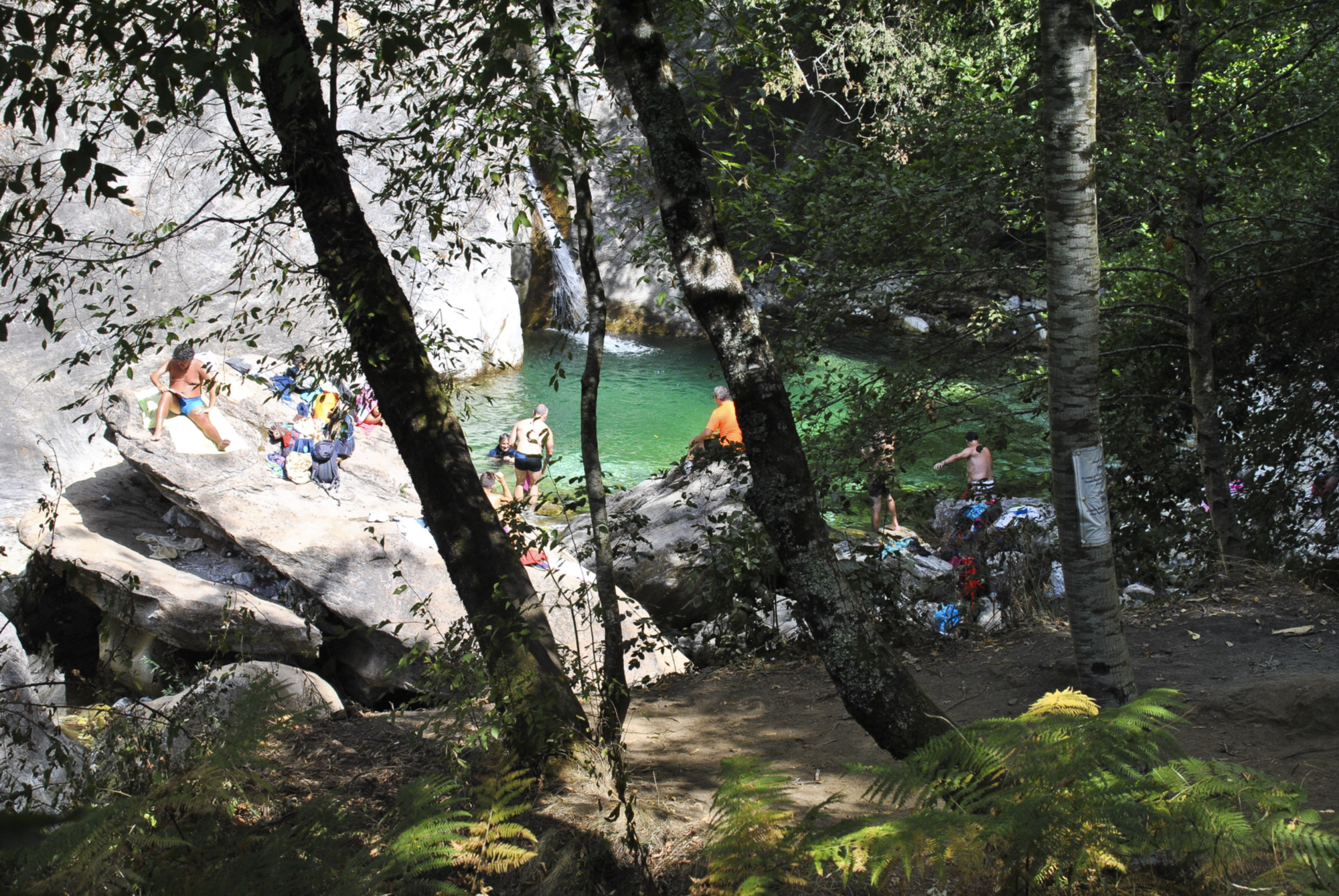
Nestled between the peaks of the Apuan Alps, the Malbacco Waterfalls are natural springs a stone’s throw from the municipality of Seravezza. To reach them, visitors must go by car to the namesake town of Malbacco and from there, hike along a road closed to traffic until “Scesa n° 4”. From this point, continue right and, after coming to a ruin, the waterfalls will suddenly appear from behind the leaves. Take a dive in the waters surrounded by the sounds of nature and – for the more adventurous – climb the rockface to get to the natural slide created by the River Serra, splashing into the crystal-clear waters below. The springs have captivated more than a few hikers in search of a place to swim and recharge, but be warned: the water is very cold.
Le Parole d'Oro
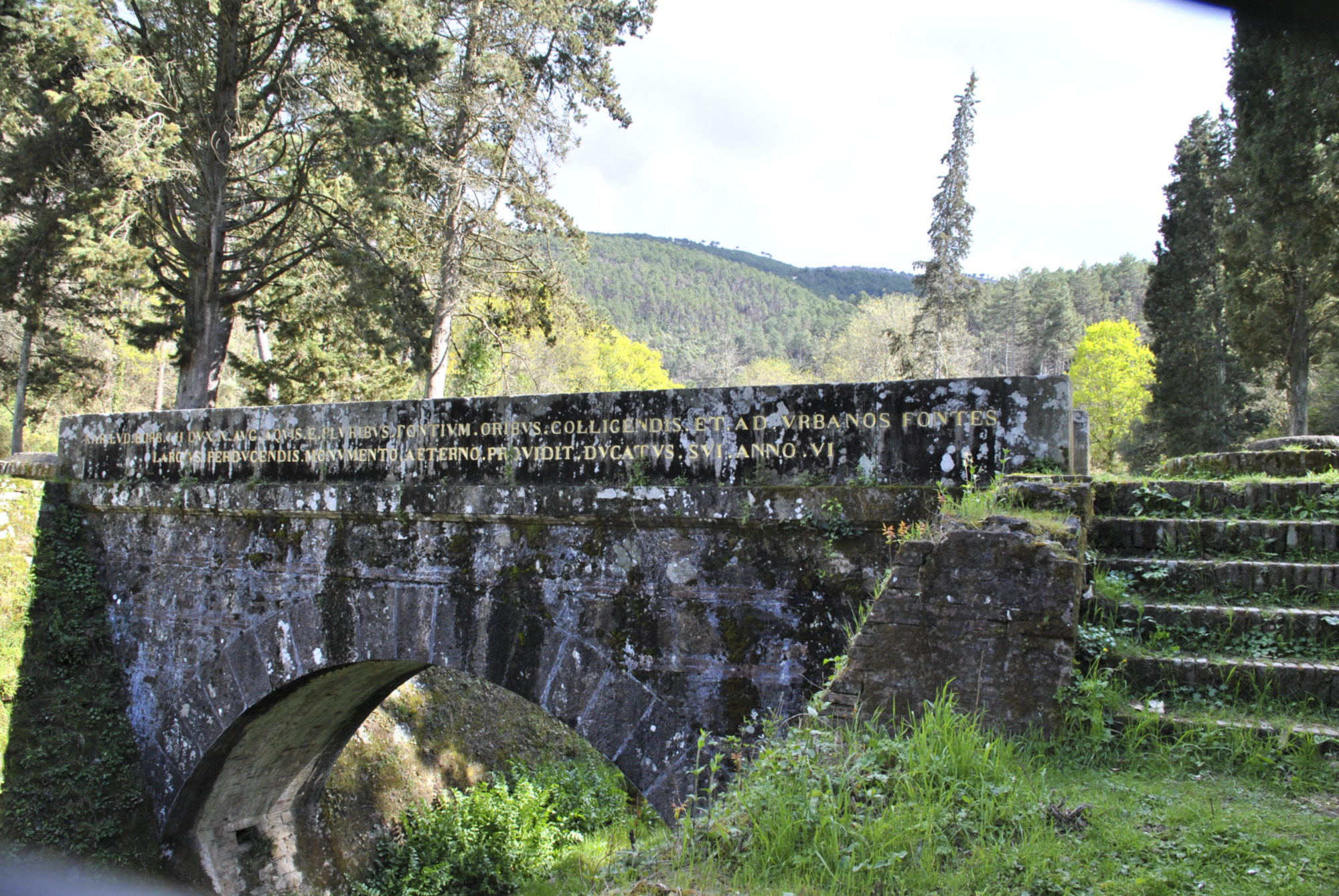
Legend says that many farmers have been tricked by the letters carved on a bridge on the slopes of Monte Serra. They seem made of gold as they shine in the sun, but they are simply bronze. This story inspired the name of the town: Parole d’Oro (Golden Words, in English). Le Parole d’Oro and their bridge are part of a trail that leads visitors on a discovery of the splendid and monumental aqueduct designed by Lorenzo Nottolini at the behest of Duchess of Lucca Maria Luisa of Spain in 1822. To reach it, visitors must take the trail that, following the imposing arches, leads to the Guamo Temple, where the water is collected. It’s only another 20 minutes to get to the aqueduct’s winding canals.
The Acquedotto Leopoldino or Acquedotto di Colognole
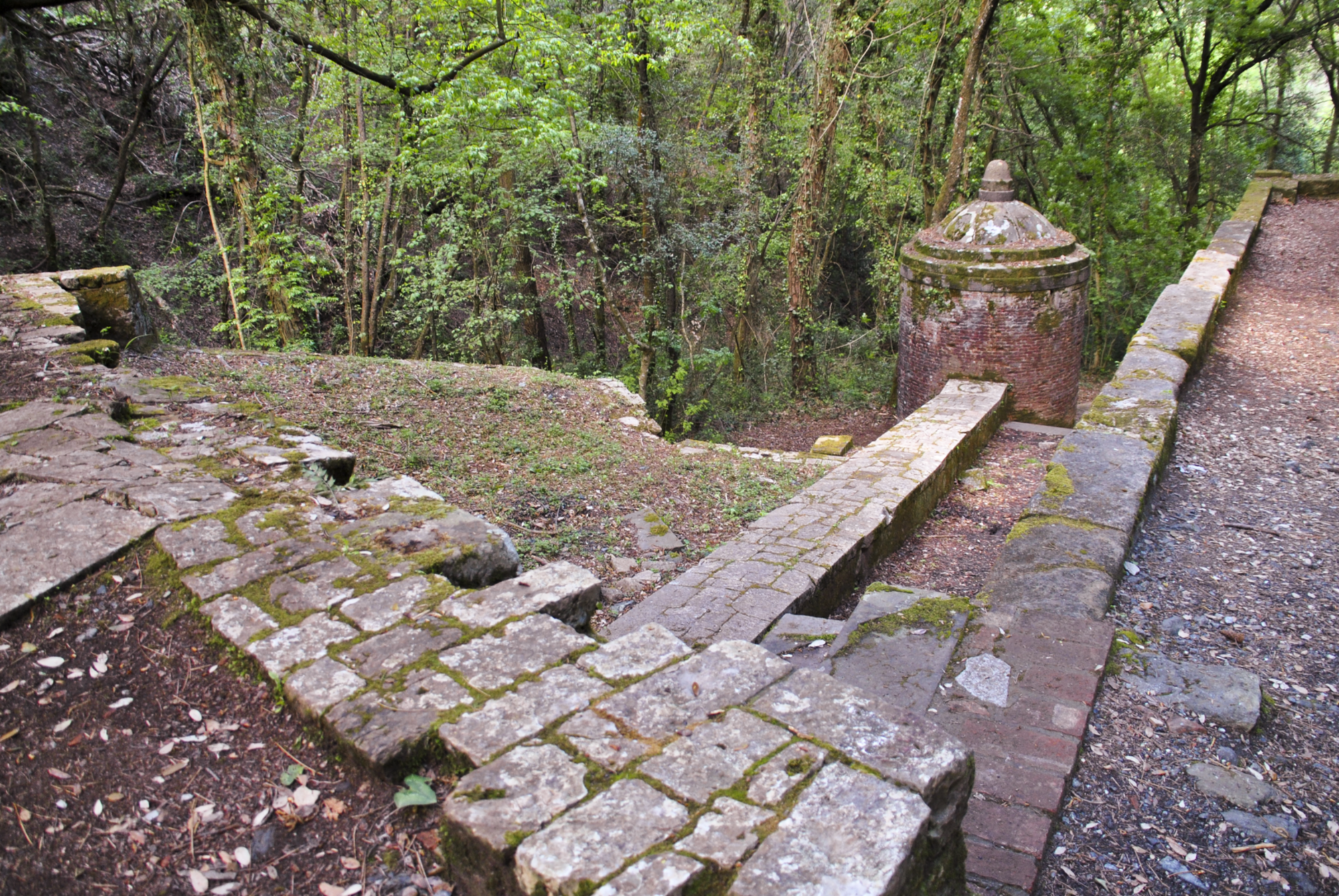
For an even more fairy-tale-like atmosphere and to be immersed in the history of an 18th-century aqueduct surrounded by the forest, head to the hills around Livorno to look for the Acquedotto Leopoldino, located near Colognole. Designed in the 1700s to satisfy the need to providing water to a city whose population had tripled in less than 100 years, the aqueduct vaunts some impressive stats: 18 kilometres long and a gradient of 250 metres, the structure runs between the springs of the Morra stream and the centre of Livorno, ending at the Gran Conserva di Riseccoli, better known as the Cisternone. Following CAI trail n. 125, visitors can walk by bridges, arches, stairs and inspection huts that have been transformed into splendid Neoclassical temples. These places seem like secret landscapes nestled in a forest of centuries-old oak trees. The Acquedotto Leopoldino served the city of Livorno until the early 20th century, and still today it is used to supply small hamlets nearby. The trail is a blend between nature and architecture only a few kilometres from Livorno, home to other Tuscan water treasures, like the Terrazza Mascagni, the Fossi Medicei and the majestic boardwalk, where the smell of the sea permeates the air.









